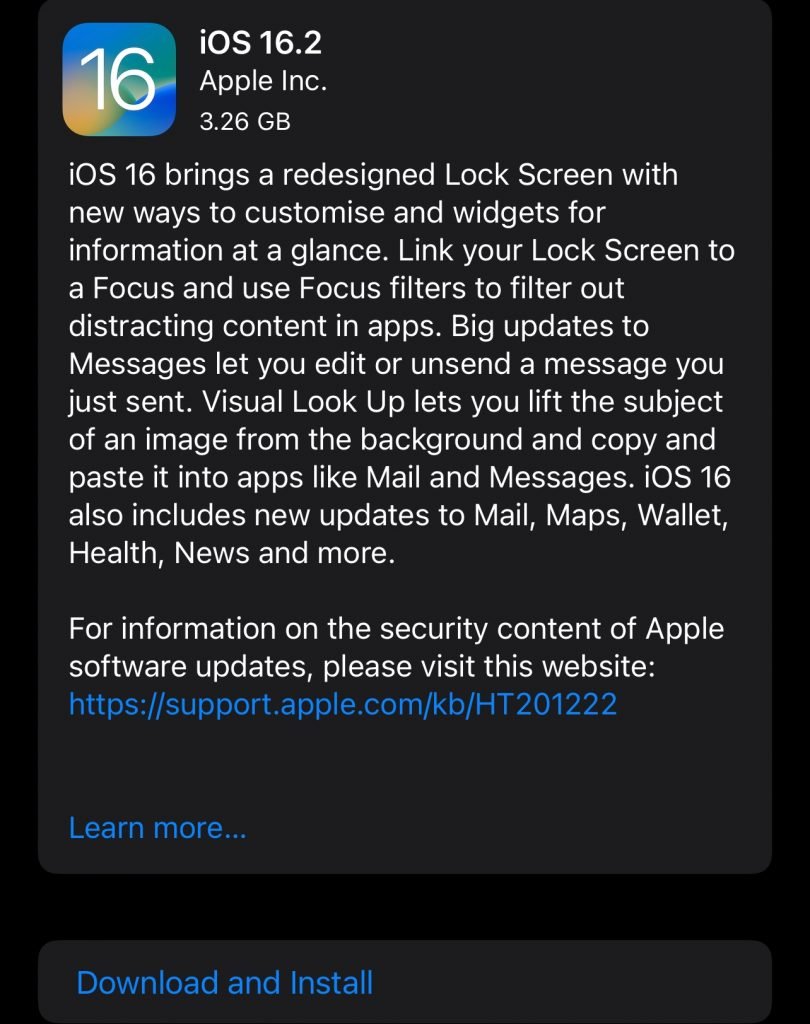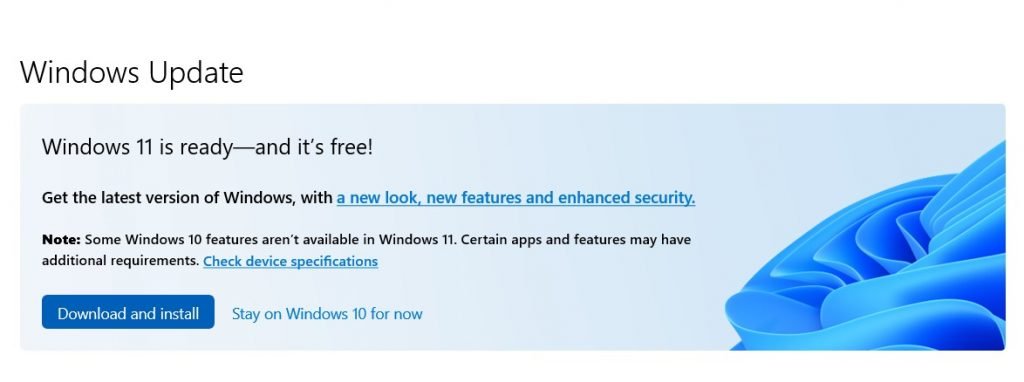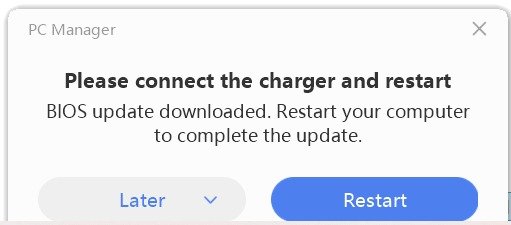Contact
- hello@tobididit.com

© Copyright 2022 tobididit. All right reserved.
Software updates are important for a variety of reasons. They can improve the performance of a device or program, fix security vulnerabilities, and add new features. In this post, I’ll explain what software updates are, why they’re important, and how to install them.
What are software updates?
Software updates can be seen as small patches of code that are released by the developer of a device or a program to improve its functionality. These updates can be for the operating system of a computer or phone, for a specific app, or for firmware on a device like a router or a printer.
Why are software updates important?
Software updates are important because they can fix problems with a program or device. For example, if a piece of software has a security vulnerability that could allow hackers to access your device, an update can fix that security vulnerability and protect your device.
Software updates can also improve the performance of a program or device. They may fix bugs or glitches that were causing problems, or they may add new features that make the program or device more useful.
Keeping your device software up to date is important for a number of reasons. Here are five key benefits of keeping your device software up to date:
Security: One of the most important reasons to keep your device software up to date is to protect yourself from security vulnerabilities. As software developers identify and fix security vulnerabilities in their products, they release updates that patch these vulnerabilities and protect your device from potential attacks. By installing these updates, you can help prevent cybercriminals from exploiting vulnerabilities in your software and stealing your personal information.
Performance: Keeping your device software up to date can also help improve its performance. As developers release updates, they often include performance enhancements and bug fixes that can make your device run more smoothly and efficiently. This can be especially important for devices with limited resources, such as smartphones and tablets, which can slow down over time if they are not properly maintained.
Compatibility: Another benefit of keeping your device software up to date is that it can help ensure that your device is compatible with new technologies and services. For example, if you have an older device that is not running the latest version of an operating system, you may not be able to use certain apps or services that require the latest version. By keeping your device software up to date, you can access the full range of features and services available to you.
New features: One of the most obvious reasons to keep your device software up to date is to get access to new features and improvements. Many software updates include new features or improvements to existing features, which can make your device more useful and enjoyable to use. For example, a new update for a smartphone might include improved battery life, a more powerful camera, or a new user interface.
Support: Finally, keeping your device software up to date can also help ensure that you have access to support from the manufacturer or developer. If you have an older version of a product that is no longer supported, you may not be able to get help if you encounter a problem or have a question. By keeping your device software up to date, you can ensure that you have access to the latest support resources and assistance.
Overall, there are many good reasons to keep your device software up to date. By doing so, you can protect yourself from security vulnerabilities, improve the performance of your device, ensure compatibility with new technologies and services, get access to new features and improvements, and have access to support when you need it. It may take a little extra effort to keep your software up to date, but the benefits are well worth it.
How to install software updates
The process for installing software updates will depend on the device or program that you’re using. Here are a few general steps that you can follow:



It’s important to note that some updates may require you to restart your device in order to complete the installation process. Be sure to save any work that you’re in the middle of before installing an update, as you may lose any unsaved progress.
In conclusion, software updates are important because they help to keep your device or program up-to-date with the latest technology, and, they are also important for improving the performance and security of a program or of your device. By keeping your software up-to-date, you can ensure that you’re getting the best possible experience from the devices you own and the programs you use.
I hope you enjoyed reading my blog post! If you found the content useful or informative, I would really appreciate it if you could take a moment to leave a comment and share the post with your friends and colleagues. Your feedback and support helps me to continue creating valuable content for you readers. Thank you for considering and I look forward to reading your thoughts!
Thanks, Tobi.